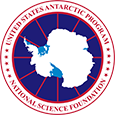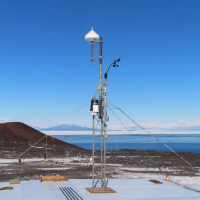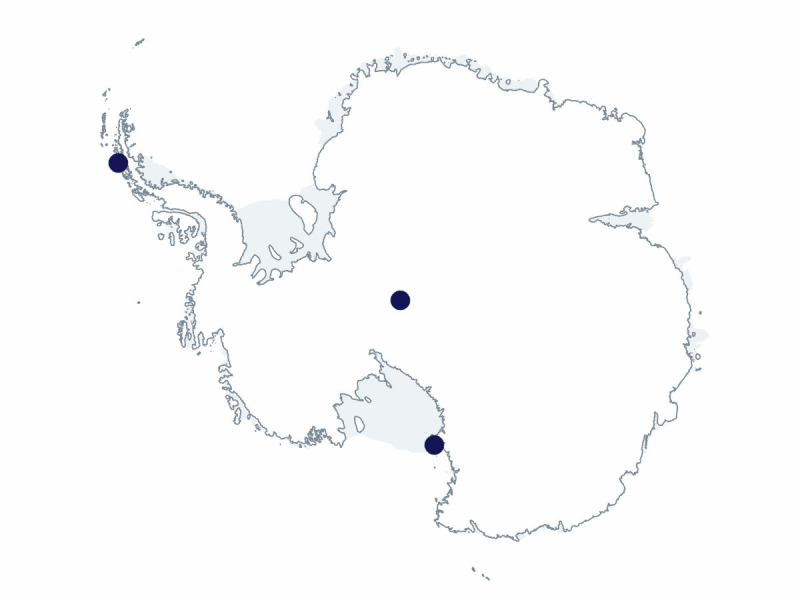2025-2026 USAP Field Season
Project Detail Project TitleSmall Multi-GNSS Data Collection Array for Ionosphere and Space Weather Monitoring Summary
Event Number:
Program Director:
ASC POC/Implementer: Principal Investigator(s)
Dr. Jade T Morton
Location
Supporting Stations: McMurdo Station, Palmer Station, South Pole Station DescriptionThe polar ionosphere is home to many complex processes that reflect dynamic coupling between solar wind, the magnetosphere, and the upper atmosphere. As we approach the solar maximum, the polar ionosphere increasingly experiences intense space weather events. Global Navigation Satellite System (GNSS) signals propagating through the polar ionosphere offer a unique opportunity to observe and study multiscale ionosphere irregularities. Irregularities are more intense, frequent, and complex in the Southern Hemisphere. Current models do not adequately capture some observed phenomena and irregularity formation and propagation mechanisms. Better spatial coverage, continuity, and resolution of ionospheric structures are needed to improve observability of ionospheric plasma irregularities and their dynamics over Antarctica and to enable comparative studies of Northern Hemisphere and Southern Hemisphere ionospheric responses to space weather events. Field Season OverviewThe team will not deploy to Antarctica this season. At McMurdo Station (Arrival Heights Lab) and South Pole Station (B2 Lab) , a GNSS experiment was installed in 2024-25 with the help of principal investigators (PIs) Kim (2332427) and Weatherwax (2332429). At Palmer Station (Terra Lab), research associate (RA) support is requested to install a GNSS experiment during the 2025-26 season. Each installed GNSS experiment uses 28” x 28” x 17” of lab or tabletop space, and the GNSS equipment will not require data transfers. Removable hard drives will be shipped back to the home institution twice per year or as logistics can accommodate. RA support will be provided weekly for general maintenance and troubleshooting and annually for data-media shipping/receiving. |
2025-2026 Science Planning Summary



For USAP Participants |
For The Public |
For Researchers and EducatorsContact UsU.S. National Science FoundationOffice of Polar Programs Geosciences Directorate 2415 Eisenhower Avenue, Suite W7100 Alexandria, VA 22314 Sign up for the NSF Office of Polar Programs newsletter and events. Feedback Form |


